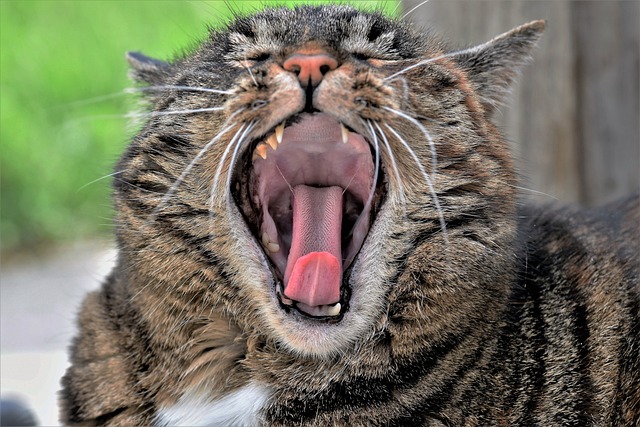Introduction
While it’s natural to want to treat your cat with special treats or let them sample table scraps, it’s crucial to be aware that certain foods can be harmful or even toxic to them. This guide highlights some of the most dangerous foods for cats and provides tips on how to prevent accidental ingestion.
1. Onions, Garlic, Shallots, and Scallions
- Danger: These ingredients can damage a cat’s red blood cells, leading to anemia, especially when consumed in large quantities or in concentrated forms like onion soup mix or garlic powder.
- Symptoms: Lethargy, weakness, reduced appetite, pale gums, and dark-colored urine.
- Action: If you suspect ingestion, consult a vet immediately.
2. Raw Eggs, Raw Meat & Bones
- Danger: Raw eggs or meat can lead to salmonella or E. coli poisoning, causing symptoms like vomiting, diarrhea, and lethargy. Raw bones pose a choking hazard and can damage the digestive tract or teeth.
- Prevention: Avoid feeding raw meat or bones, and ensure proper hand hygiene after handling.
3. Chocolate and Caffeinated Drinks
- Danger: Chocolate contains methylxanthines, causing symptoms such as vomiting, diarrhea, elevated body temperature, muscle tremors, abnormal heart rhythm, and seizures. Caffeine in beverages poses similar risks.
- Action: Seek immediate veterinary attention if symptoms arise.
4. Alcohol and Raw Dough
- Danger: Alcohol can lead to vomiting, diarrhea, tremors, disorientation, breathing difficulties, coma, and even death. Raw dough expands in the stomach, potentially causing alcohol production.
- Prevention: Keep alcoholic substances and raw dough out of reach.
5. Milk and Dairy Products
- Danger: Most adult cats struggle to digest lactose, leading to upset stomach or diarrhea.
- Prevention: Limit milk consumption and avoid other dairy products to prevent digestive issues.
6. Grapes and Raisins
- Danger: Even small amounts can lead to rapid kidney failure, accompanied by symptoms like vomiting, lethargy, reduced appetite, abdominal pain, and decreased urination.
- Prevention: Keep grapes and raisins inaccessible to your cat.
7. Dog Food
- Caution: While not toxic, dog food lacks essential nutrients that cats require, potentially leading to health issues.
- Prevention: Ensure your cat has a balanced diet tailored to her specific needs.
Preventing Accidental Ingestion
- Store potentially harmful foods out of your cat’s reach, and consider using cat-proof locks on cabinets.
- Avoid letting your cat on countertops while cooking or eating.
- Refrain from feeding table scraps.
- Exercise extra caution during holidays or events with tempting food around.
Conclusion
Your cat’s health and well-being depend on the type of food she consumes. By being vigilant about what she has access to and providing a balanced diet, you’re taking crucial steps towards her safety. If you suspect your cat has ingested a harmful food, don’t hesitate to seek advice from your vet. Remember, a well-informed owner is the best protector of their feline friend.



